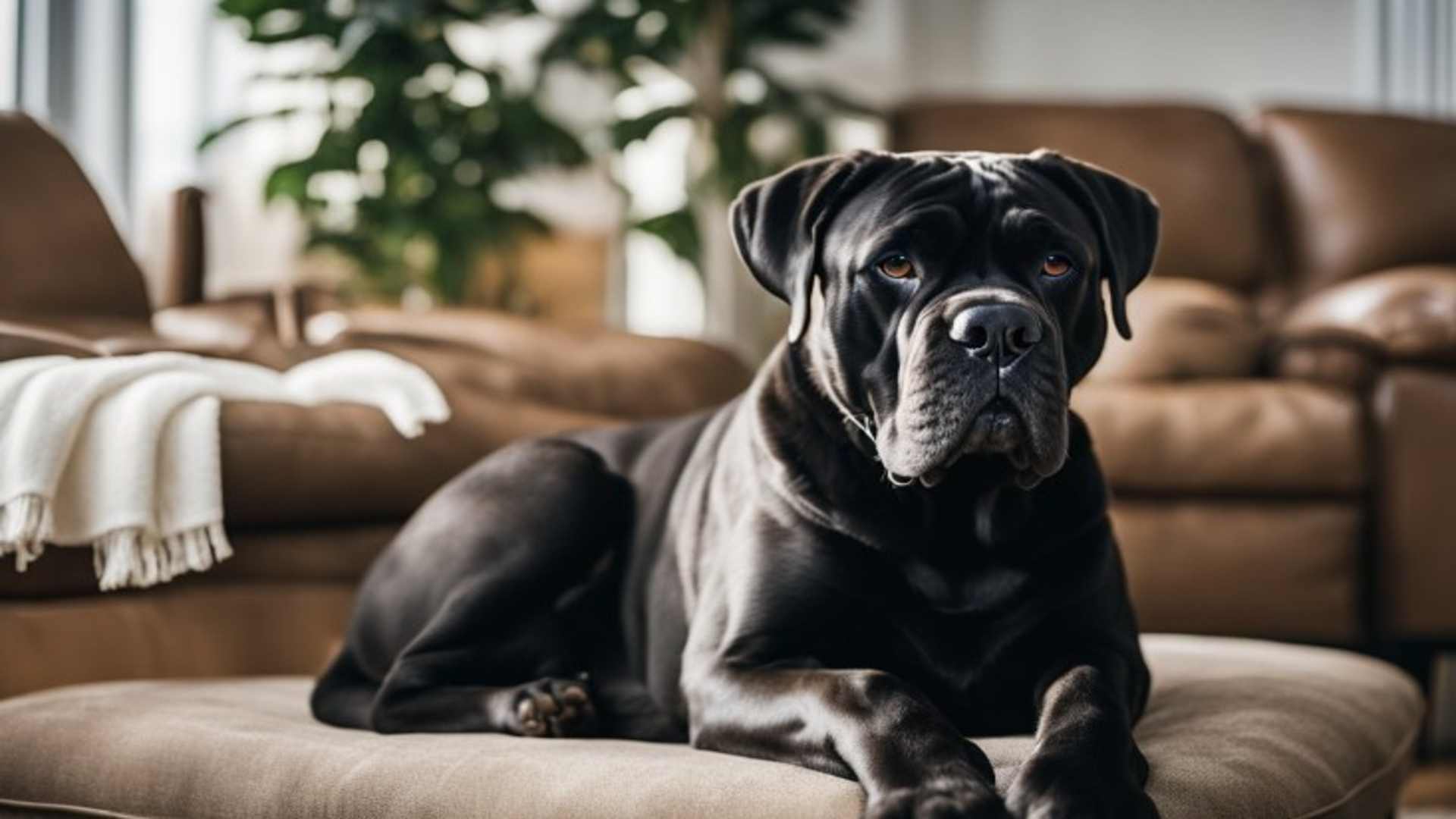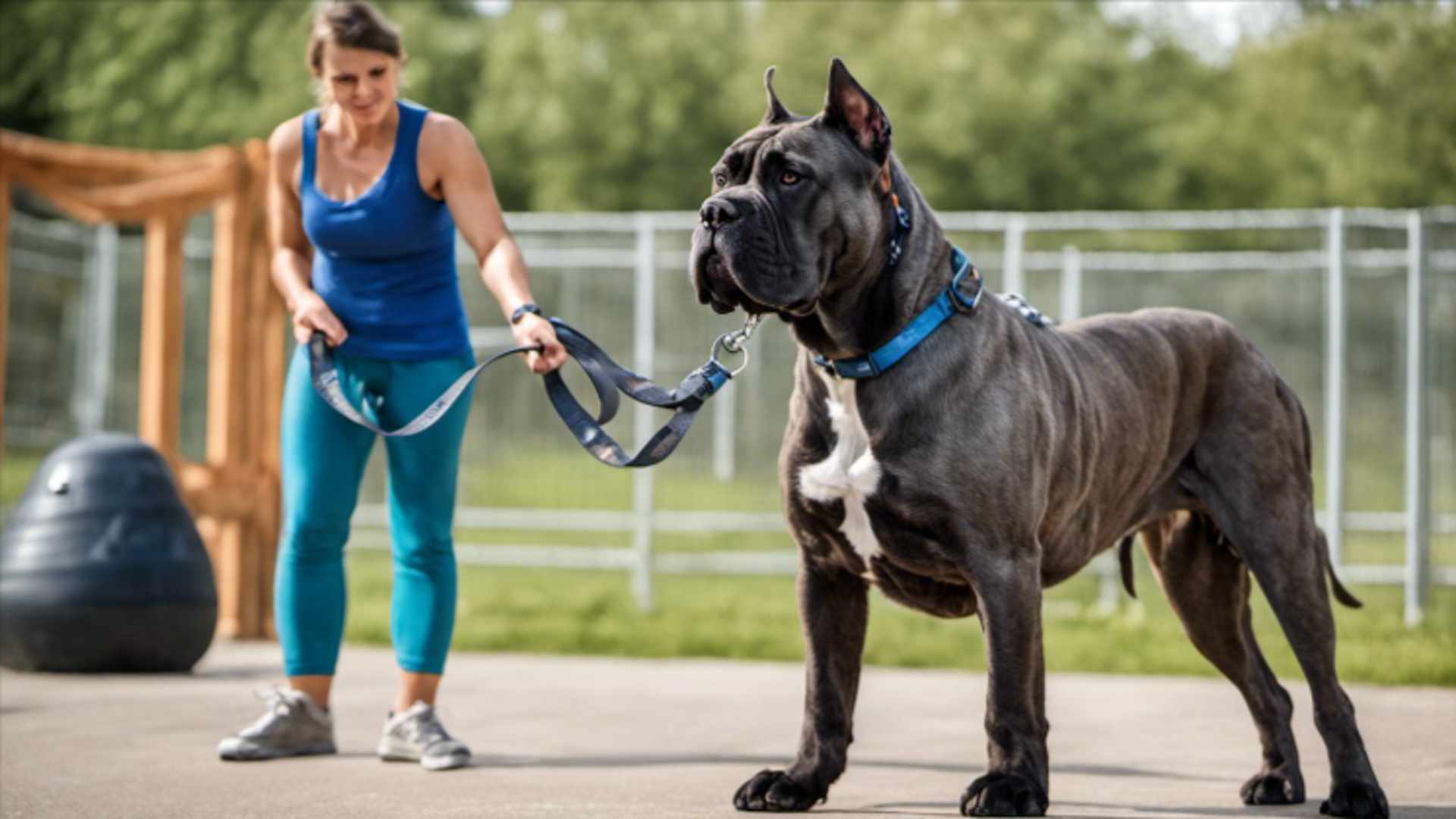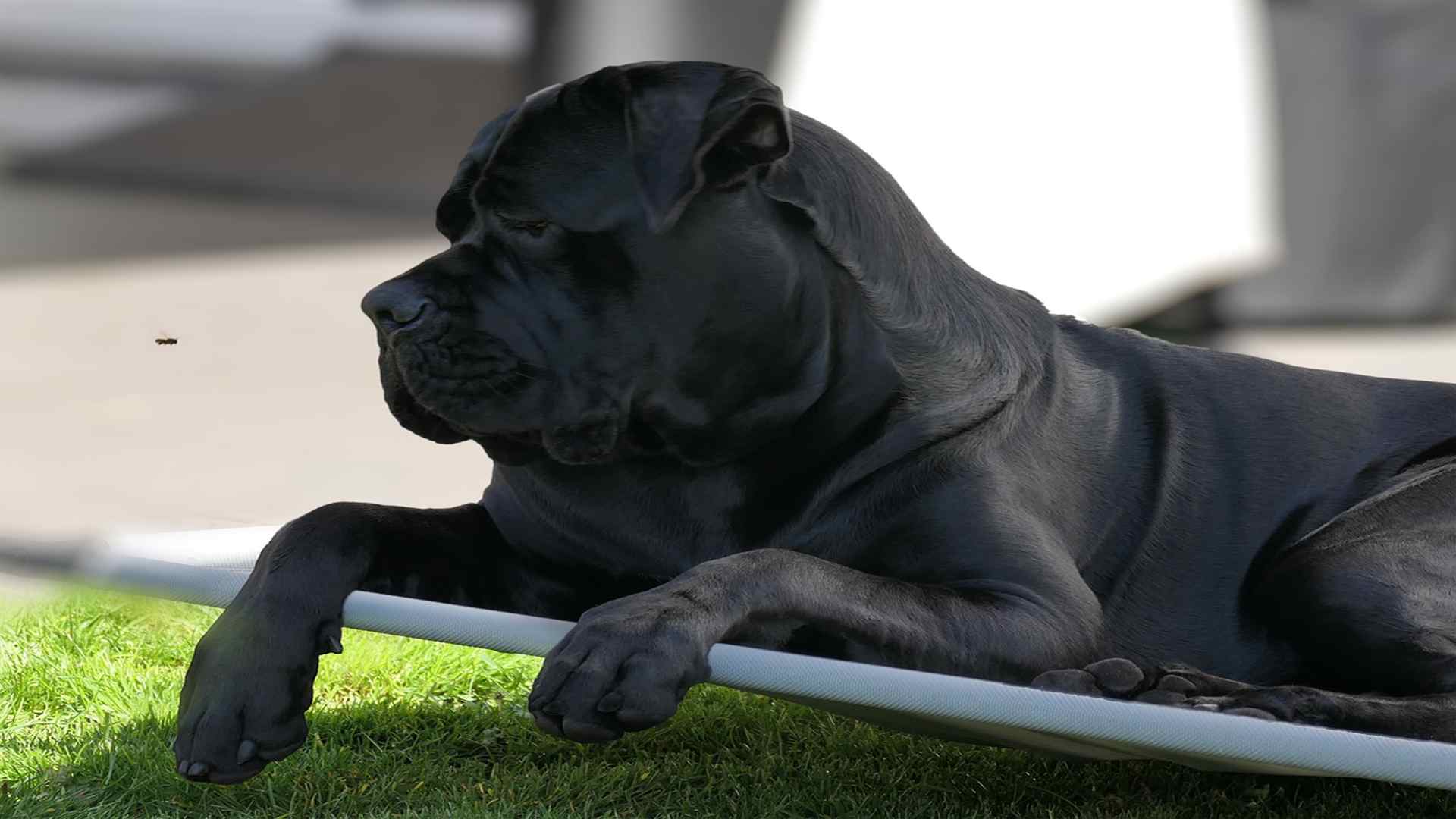When it comes to dog breeding, understanding the female reproductive cycle is essential for ensuring a successful and healthy outcome. The Cane Corso, a large and strong breed originating in Italy, is no exception. So, when do Cane Corso females go into heat?
Generally, females have their first heat cycle between six and nine months of age and will continue to go into heat approximately every six months throughout their lifetime.
However, the specific age and frequency at which a Cane Corso goes into heat can vary with each individual dog.
Understanding Cane Corso heat cycles
The heat cycle of a Cane Corso female, also known as estrus, is an important aspect to understand for responsible dog ownership and breeding.
Duration and frequency
The duration of a Cane Corso’s heat cycle typically lasts between 2 to 4 weeks, with the average being around 3 weeks.
During this time, the female will experience various physical and behavioral changes, such as swelling of the vulva, bloody vaginal discharge, and increased interest from male dogs.
The frequency of heat cycles in Cane Corsos can vary. The average interval between cycles is approximately 6 to 8 months, but every dog is unique.
Some females may go into heat as often as every 4 months, while others may only have a cycle once a year.
Factors such as age, health, and individual differences can influence the frequency of heat cycles in a Cane Corso.
First heat cycle
The timing of the first heat cycle in a Cane Corso female can also vary. Typically, the first heat occurs between 6 to 12 months of age; however, larger breeds like the Cane Corso may experience their first heat later, sometimes not until they reach 12 to 18 months.
Keeping a record of changes in your dog’s behavior or physical appearance can help you identify the onset of her first heat cycle.
It is essential to avoid breeding your Cane Corso during her first few heat cycles, as her body may not be fully developed to handle the physical demands of pregnancy and whelping.
Consult your veterinarian for guidance on when it is appropriate to consider breeding your Cane Corso female.
Signs of a Cane Corso in heat
Recognizing the signs of a Cane Corso in heat is essential for dog owners to manage their pet’s health and breeding cycle.
This section outlines the physical and behavioral changes that signify a Cane Corso female is in heat.
Physical changes
Physical changes in a Cane Corso female during the heat cycle are often noticeable. These may include:
- Swollen vulva. One of the first signs of a Cane Corso in heat is a swollen vulva, which may be tender to the touch.
- Vaginal discharge. As the heat cycle progresses, vaginal discharge may be observed, ranging in color from clear to bloody.
- Increased urination. During this time, female Cane Corsos may urinate more frequently due to hormonal fluctuations.
Behavioral changes
Behavioral changes in a Cane Corso female going into heat can manifest in various ways:
- Restlessness. Some dogs become more restless, pacing around the house or showing signs of agitation.
- Increased affection. Affectionate behavior may increase during this period, which may include increased licking, nuzzling, or seeking physical contact with their owner or other dogs.
- Mounting behavior. Female Cane Corsos in heat may exhibit mounting behavior, attempting to mount other dogs or objects in their environment.
- Marking. Marking territory with urine is another potential behavioral change seen in female Cane Corsos during the heat cycle.
Monitoring and understanding these physical and behavioral changes in a Cane Corso female can help owners manage their pet’s health during the heat cycle and make informed decisions about breeding or spaying.
Managing a Cane Corso in heat
Managing a Cane Corso in heat can be challenging for pet owners. It is important to know that the female’s health and safety must always come first and that decisions on breeding or spaying should be made with the help of a veterinarian.
General Care
When a Cane Corso female goes into heat, it’s essential to provide her with extra care and attention.
This includes monitoring her behavior and ensuring she receives adequate exercise, nutrition, and rest. Allow her to have a calm and comfortable environment with minimal disturbances.
Keep a close eye on her when she is outdoors, as she may try to find a mate. Ensuring your Cane Corso remains securely confined in your yard and on a leash during walks can help prevent unwanted encounters.
Hygiene and cleanliness
During the estrus cycle, female Cane Corsos will have some vaginal discharge that can vary in color and consistency.
In order to maintain cleanliness, it’s recommended to use dog diapers or protective garments specifically designed for dogs in heat. This will help to prevent staining on your furniture and floors.
Also, it’s essential to regularly groom your Cane Corso during her heat cycle. This includes brushing her coat and cleaning her genital area daily with mild soap and warm water.
Be gentle and patient to avoid causing her any unnecessary distress or irritation.
Subduing the scent
During the estrus cycle, female dogs release pheromones that attract male dogs.
To help minimize the scent and reduce the likelihood of attracting unwanted attention, there are a few steps you can take:
- Use dog-friendly wipes to clean her genital area more frequently
- Apply a diluted essential oil, such as lavender, to the base of her tail to help mask the scent (make sure to consult with a veterinarian before using any products)
- Keep windows and doors closed to prevent the scent from spreading
Potential health issues
Female Cane Corsos in heat is also susceptible to a variety of potential health issues, some of which can be serious.
It is important to consult with your veterinarian to identify potential risks and provide the best possible care for your pet during this time.
Irregular heat cycles
Cane Corso females, like other dog breeds, can experience irregular heat cycles.
This may include irregular intervals between heats, excessively long or short heats, or even a failure to go into heat altogether. Some common causes of irregular heat cycles include:
- Stress
- Growth spurts
- Nutritional deficiencies
- Underlying health issues
It’s important to monitor your female Cane Corso’s heat cycles and consult with a veterinarian if you notice any irregularities to rule out potential health concerns and ensure proper care.
Pyometra
Pyometra is a life-threatening infection of the uterus that can occur in female dogs, including Cane Corsos.
This condition typically affects females who have gone through heat but have not been bred, resulting in a buildup of bacteria within the uterus.
Signs of pyometra in Cane Corso females may include:
- Lethargy
- Loss of appetite
- Increased thirst
- Abdominal distension
- Vaginal discharge
Early diagnosis and treatment of pyometra are critical to prevent potential complications, such as sepsis and organ failure.
If you suspect your female Cane Corso may have pyometra, seek veterinary care immediately.
Breeding considerations
When it comes to breeding Cane Corso females, there are several factors to consider, including the timing of their heat cycle and the frequency of breeding.
This section will discuss these considerations in detail.
When to breed
The ideal time to breed a Cane Corso female is during her heat cycle, also known as estrus. This usually occurs twice a year, approximately every six months.
The first sign of heat is a swelling of the vulva and vaginal discharge, which is typically followed by increased receptivity to male dogs and willingness to mate.
A more accurate method to determine the best time to breed is by tracking a female’s hormone levels which can be monitored using blood tests or vaginal cytology.
This allows breeders to more accurately pinpoint the most fertile days for successful mating.
Breeding frequency
It is important not to overbreed a Cane Corso female, as this can lead to health issues and lower-quality litter. A general guideline is to breed the female every other heat cycle.
Allowing the female to rest between litters helps her body recover and reduces the risk of complications.
Moreover, it provides ample time to assess the health and temperament of the puppies, ensuring that only the best traits are passed on to future generations.
Breeders must be responsible and informed to ensure the mother’s and her offspring’s health.
Summary
Before we move on to the conclusion, we’ve summarized this article into a short list of key points for you to remember:
- Understanding the female reproductive cycle is crucial for the successful and healthy breeding of Cane Corso dogs.
- Cane Corso females have their first heat cycle between six and nine months of age and continue to go into heat every six months on average.
- Owners should be aware of the physical and behavioral changes that occur during a Cane Corso’s heat cycle and consult a veterinarian for guidance on breeding and managing their pet’s health.
Conclusion
Female Cane Corsos typically experience their first heat cycle between 6 and 12 months of age. Keep in mind that each dog is unique, and thus, their individual heat cycles may vary.
We hope this article has provided useful information to help you manage your female Cane Corso’s heat cycles and make informed decisions about breeding.
Have a great day!
Want to learn more about Cane Corso?
Ready to boost your knowledge to the next level? If so, check out the articles below:
- Do Shock Collars Work on Cane Corso? (Let’s Find Out)
- Is Cane Corso Good with Cats? Feline Compatibility Explored
- How Do Cane Corsos Handle Weather Temperatures? (Complete Guide)






